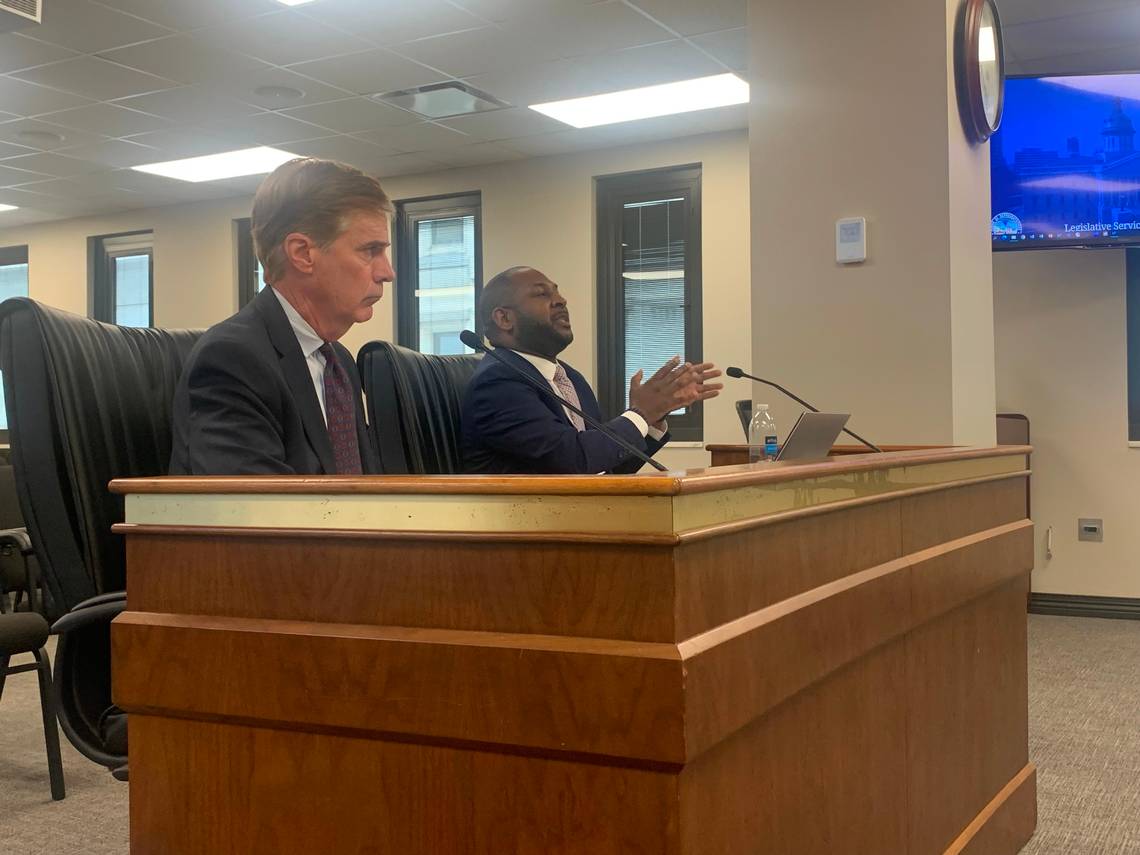The biggest mistake we see companies make as they initiate their accounting projects is underestimation. Whether it is the business assessment to determine new leasing processes, the level of internal and external resources required to execute a global business transformation, or the investment associated with a system fully capable of performing lease accounting compliance, the simple fact is that the budget needed for the lease accounting project is bigger than you think.
Arriving at your company’s preliminary budget estimate for the lease accounting project may be difficult for a few reasons. First, there are few, if any, external benchmarks available to use as a foundation for a major accounting change like ASC 842. Second, these lease accounting standards are new and few companies have fully implemented them to date.
However, at LeaseAccelerator, we are working with dozens of Fortune 500 companies to implement the new ASC 842 standard. Most of these companies have budgets in the millions for their compliance projects. In fact, those with the largest leasing portfolios – in excess of $1B – have established eight-figure budgets, and that’s just to meet the initial deadline. Even companies with smaller lease portfolios may need to invest amounts ranging from 100k to 120k. Regardless of the scale of the project, we’ve found through our work with our customers that there are five major budget areas that every company should consider when creating the budget.
Below are the five line items that are frequently underestimated within lease accounting project budgets.
1) Assessment and Planning
Companies need to invest time to understand the strengths and weaknesses of their current leasing business processes, systems, and controls, and then map any business process transformations where the current leasing program is found to be deficient. Historically, most companies treated leasing as nothing more than an accounts payable task, but under the new accounting standards, the lease accounting project will need further business processes and stricter accounting controls to remain compliant.
Many companies will need to hire an outside expert, such as a Big Four firm, to help with the analysis of financial reporting, tax strategies, and leasing programs. Outside experts can help companies understand best practices in the industry and how their peers are approaching the challenges associated with the new accounting standards. The project budget should include sufficient, estimated fees for these consulting engagements which will likely be concentrated in the first six months of the project.
2) Lease Accounting Software
For those companies accustomed to tracking their leases in a spreadsheet or real estate administration system, the concept of a lease accounting application might be new. You may be wondering, what exactly are the key capabilities of a lease accounting software application?
Lease accounting software has a specialized lease accounting engine designed to produce the information needed for your public financial disclosures, such as the annual 10-K and quarterly 10-Q reports, that are provided to the SEC. Lease accounting software typically acts as a subledger to track all the debits and credits specific to leasing. Much like a subledger that tracks payroll, inventory, fixed assets, or receivables, a lease accounting subledger tracks all the depreciation, amortization, and interest expenses associated with your leases. It produces a set of debits and credits that can be uploaded to the general ledger in your ERP. From there, your financial reporting systems can pull the general ledger to generate all the information needed to create your balance sheet, income statement, and cash flow statements under the new standard.
Enterprise-class lease accounting software is typically priced based upon the number of end users or the number of leases. Ongoing annual costs will vary depending upon which software deployment model companies prefer – software-as-a-service or on-premise.
3) Software Implementation
As with any application, the “off the shelf” version of a lease accounting software typically does not meet the specific needs of all businesses. Companies may need to customize their lease accounting application to match their specific business processes, accounting policies, and leasing programs. To ensure that their lease accounting data is always up-to-date, they may want to integrate it with other enterprise applications, such as the ERP general ledger, accounts payable, asset management, and real estate administration.
4) Data Collection and Upload
The most time-consuming aspect of implementing the project will be collecting the current portfolio data. Companies will need to identify what they lease, find the documentation, and abstract the necessary fields at the asset level. Estimates vary between two to eight hours per lease. Most companies do not have resources sitting idle ready to perform this data collection. Furthermore, the analysis of complex leasing contracts to identify the key accounting information is not a trivial exercise. Most companies will look for outside experts to help, so their budgets should include estimates of fees for outside consultants to identify, analyze, abstract, and upload data, as well as any fees for data abstraction software.
5) Project Management
A large-scale project like the lease accounting project will require dedicated project oversight and governance to successfully implement. Companies will need both an executive sponsor and dedicated project management resources to ensure that plans remain on schedule, on budget, and within scope during the entire project cycle.
The executive sponsor champions the initiative, clears any potential obstacles, and secures the necessary budget for the project. The project management function serves to on-board new team members, ensures tasks are performed when scheduled, monitors for potential risks, and escalates time-sensitive issues.
The project budget should include the cost of hiring a new project manager or the re-assignment of an existing resource. Ideally, this should be a project manager that has prior experience with finance and accounting initiatives. Expect the project manager to spend at least 20 hours per week, if not all 40, facilitating communications and directing tasks between outside consultants and in-house resources during the life of the project.
Project teams are continuing to discover that it is not the accounting that presents the greatest challenge to achieving compliance, but rather issues such as business process transformation and data collection. As a result, more resources and a larger budget will need to be allocated to the project than most companies originally anticipate.
Many companies will be tempted to minimize the budget at the onset and take short-cuts along the way to day one compliance. While such a strategy might be the fastest and cheapest path to project completion, it is likely not the fastest path to compliance. The actual long-term costs incurred from such a strategy may prove to be substantial. Without scalable processes for record-to-report and procure-to-pay, companies will need to increase headcount to overcome the lack of automation. Having a small army of lease accounting clerks in a shared service center will be a drag on the operating budget for years to come. Plus, more manual entry means increased possibility of accounting error – a substantial risk given that the new lease accounting standards will introduce higher levels of auditor scrutiny than ever before. Simply put, it’s not the time to cut corners.
—————
Scott Dunnihoo is Director of Customer Success at LeaseAccelerator.
Thanks for reading CPA Practice Advisor!
Subscribe Already registered? Log In
Need more information? Read the FAQs
Tags: Accounting, Auditing




